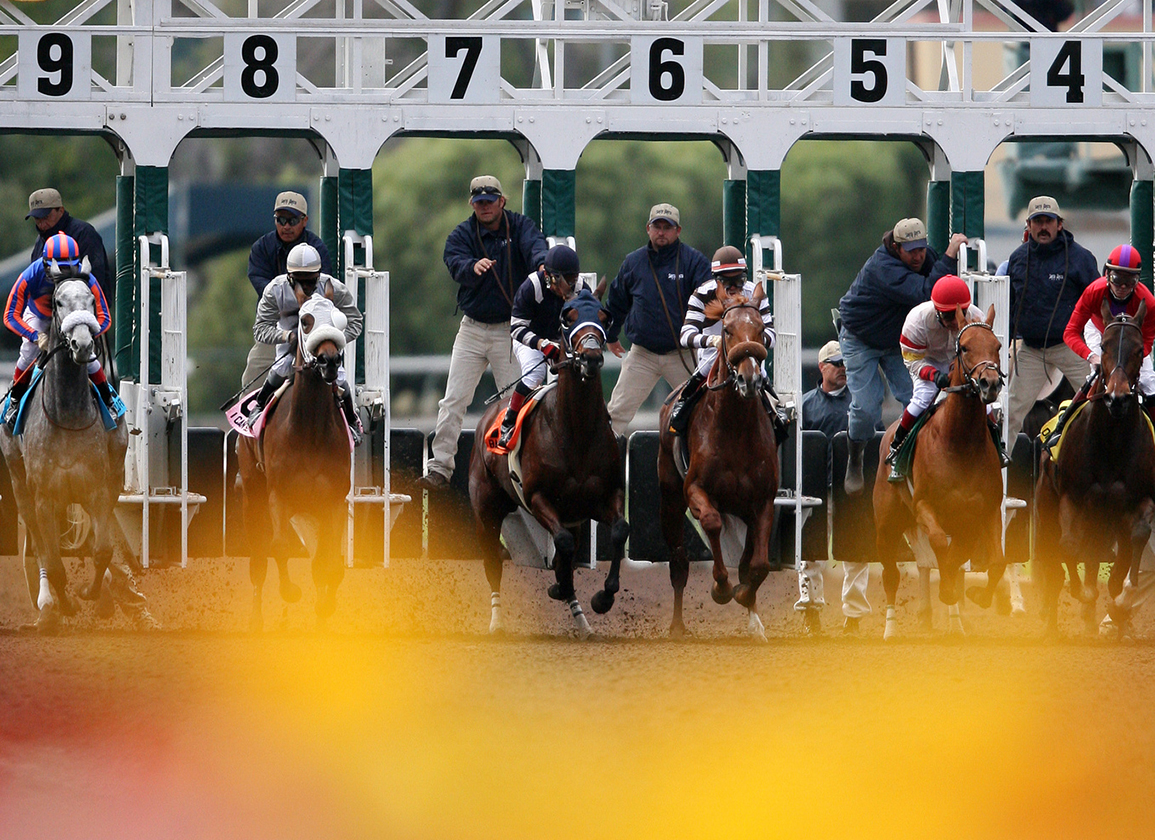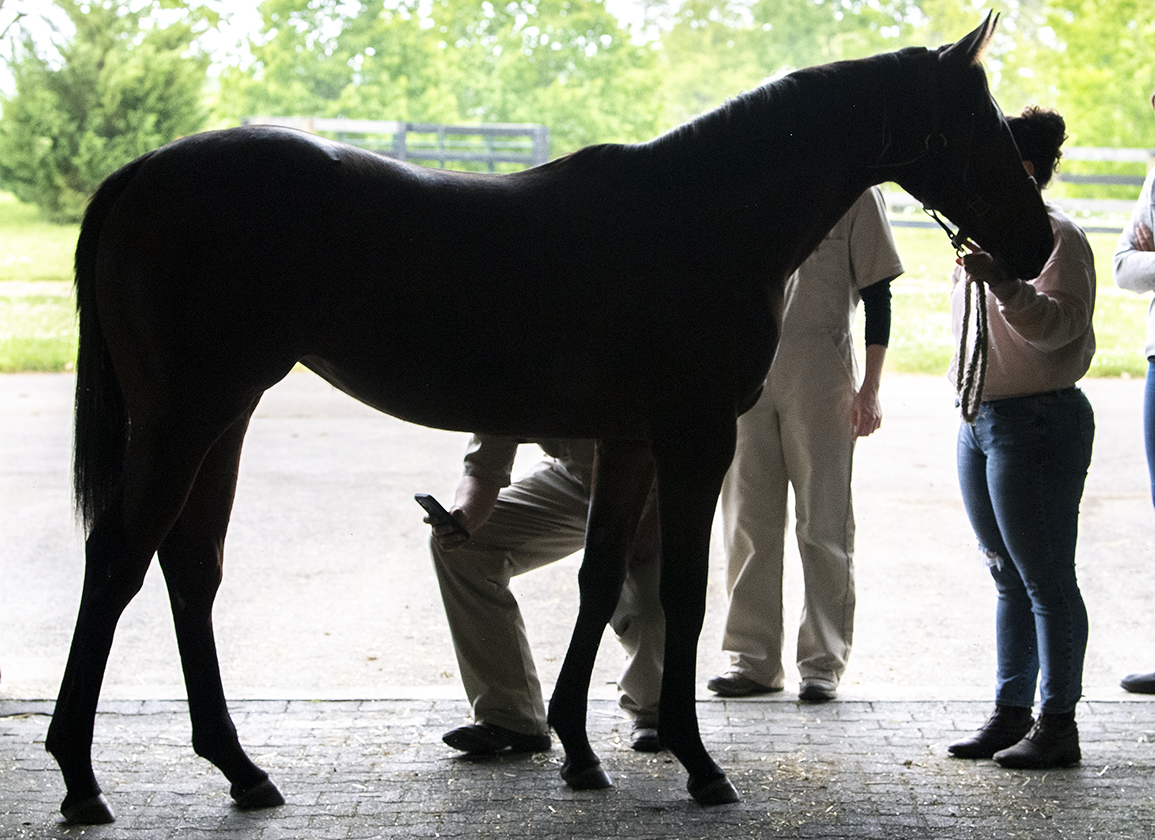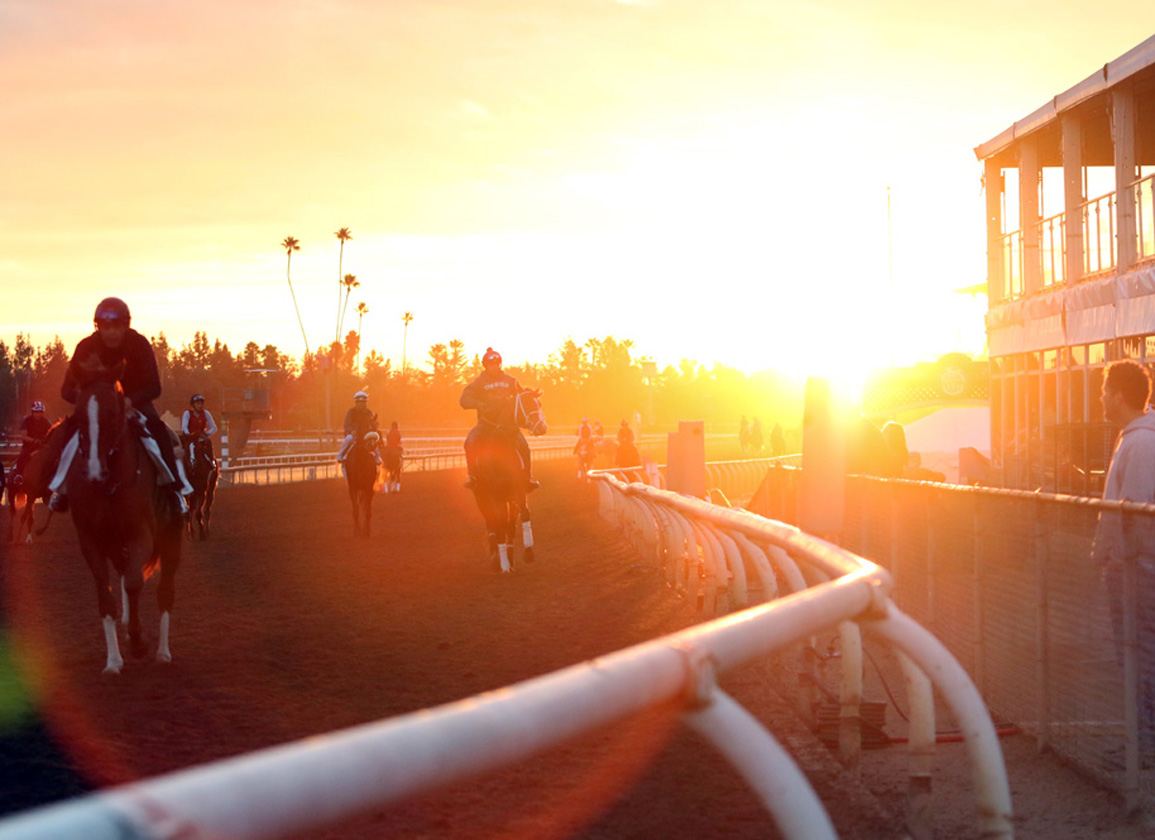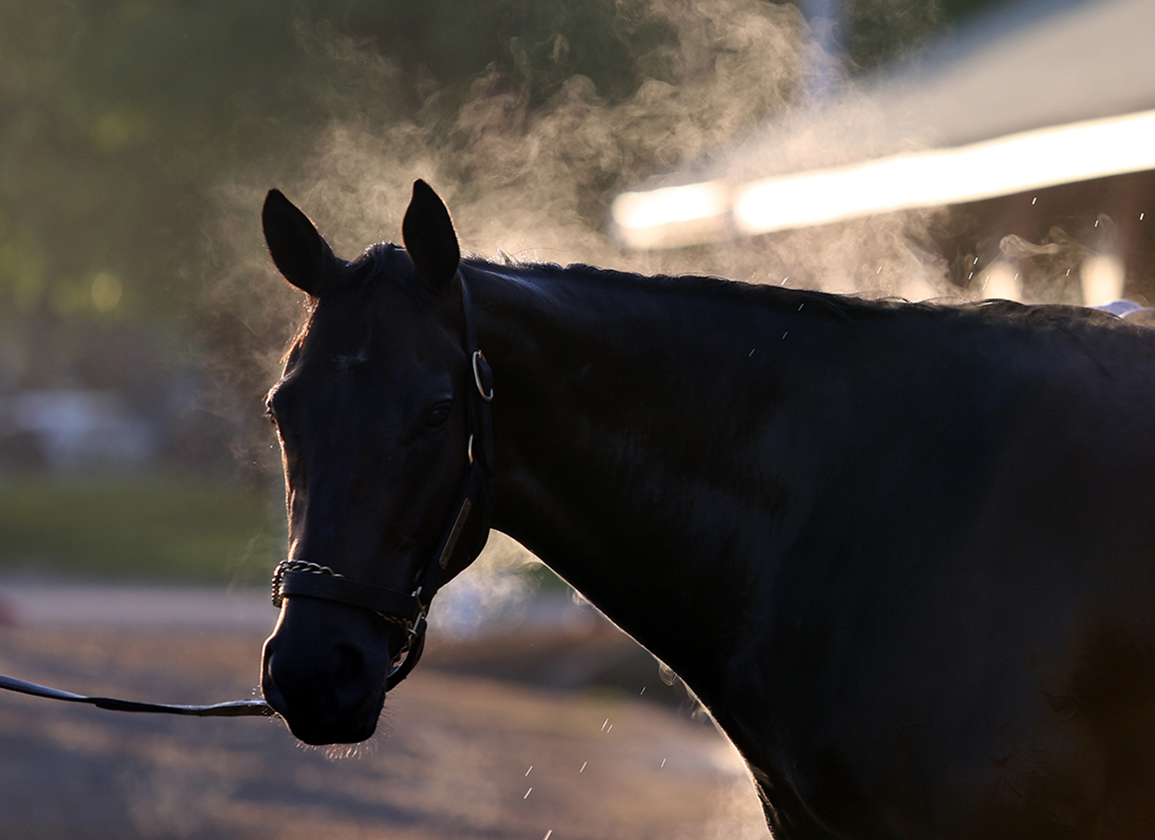After 15 years as California's equine medical director, Dr. Rick Arthur has stepped away from the post.
A long-time vocal champion, both in his home state and at the international level, of tightened welfare practices in the sport, Arthur has spearheaded a slew of precedent-setting medication and equine safety reforms in California.
During those 15 years, Arthur has been at the helm of the industry's veterinary ship while California has navigated a series of tumultuous storms, including a benighted venture to switch from dirt to synthetic racetrack surfaces during the first few years of his tenure, as well as the Santa Anita welfare crisis that erupted near the beginning of 2019. Known on occasion to be pugnacious and forthright, Arthur has also endured his fair share of criticism as California racing's chief equine veterinarian, most recently concerning the case surrounding Justify's scopolamine positive subsequent to the horse's GI Santa Anita Derby victory of 2018.
Bearer of many hats, Arthur is a former private veterinarian, Thoroughbred owner and breeder, and a member of The Jockey Club. He was also a past-president of the American Association of Equine Practitioners (AAEP) and was honored with the organization's President's Award in 2014. Dr. Jeff Blea, a SoCal-based private veterinarian with 28 years of experience and another former AAEP president, has filled Arthur's vacant seat.
The following is the opening half of a conversation Arthur conducted with the TDN on his first day off the job. It has been edited only very lightly for grammatical and clarification purposes.
TDN: After 15 years as California's equine medical director, what is your main takeaway from that period?
RA: My main takeaway is that horse racing has to pay attention to the horse and develop policies and programs and regulations that put the horse first.
TDN: And looking at the totality of what's happened during those 15 years, has California been successful at doing that?
RA: If you look at the numbers objectively, we've decreased fatalities almost 75% over that period. Some of it is [due to] decreased racing, but far and away, the majority is [due to] the policies and the regulations we put in place and [by] encouraging the culture change to put the horse first.
TDN: How would you characterize that “culture change” during your tenure?
RA: Up until the Santa Anita situation in 2019, I don't think a lot of horsemen really understood that society has changed and that it's necessary to make changes that put the horse first. And there certainly was a lot of push-back when you look at things like the fatality review program, when you look at voided claims, to the continuing education program, to put more science into the art of training. All those things we had tremendous push-back on really until the Santa Anita fiasco.
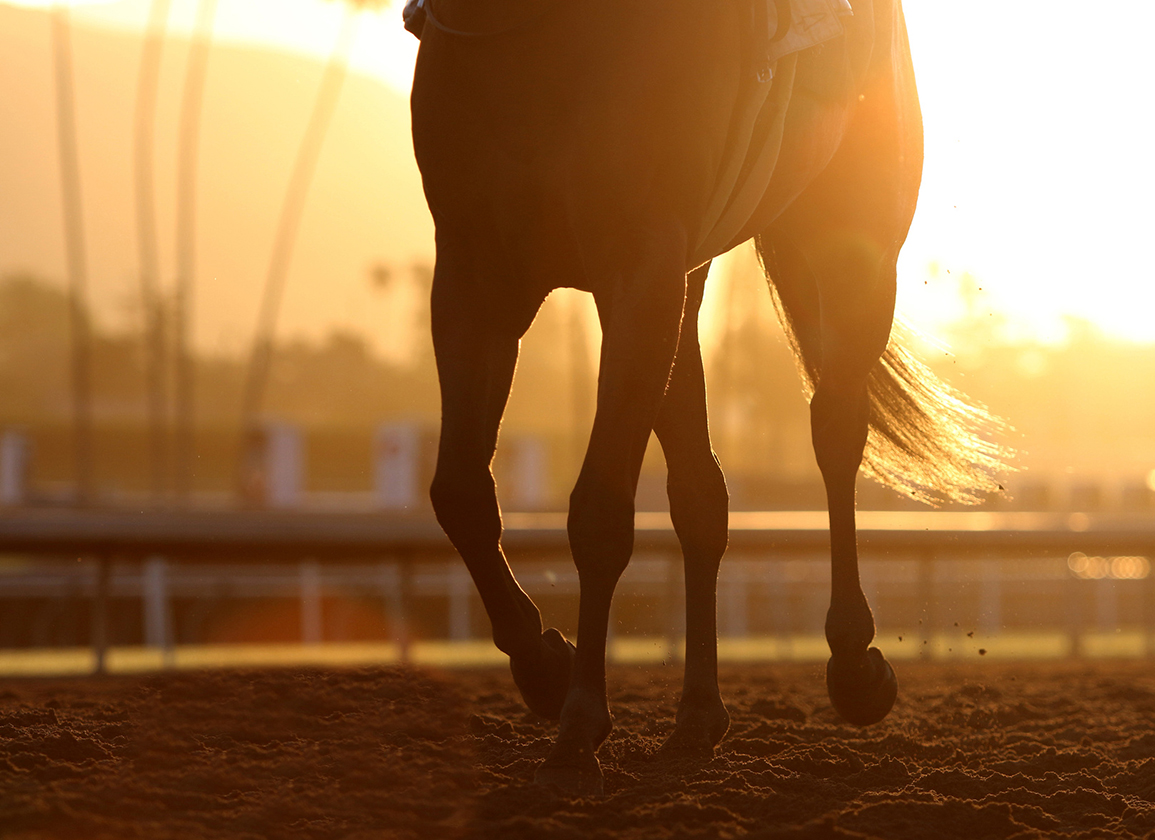
Horsephotos
TDN: You bring that up. So, the last two years has arguably been the most transformative period in California in terms of medication and safety reforms, many of which you'd been trying to push through prior. You've talked a lot about the cumbersome administrative law process, but why do you think it took something like the Santa Anita welfare crisis to bring about those modifications?
RA: It is very easy to stop regulations in the way that the California Horse Racing Board [CHRB] operated previously. And if you go back and look at all those initiatives that we started–continuing education for trainers, voiding claims, third party Lasix, post-mortem review programs, restricting intraarticular injections, even banning anabolic steroids back when I first started–there was always somebody who was opposing those changes. Even lowering toe grabs that were demonstrated to be associated with increased injury. There was always push-back at every step.
As I said, it's very easy to stop a regulation. Even though everybody thinks that it's easy to add regulations, it's actually just the opposite.
TDN: Immediately after the Santa Anita crisis, these changes arrived very suddenly, a mixture of in-house rules that dictated state policy and sweeping regulations that came thick and fast. Looking back, do you think it was done in a manner that was, in its entirety, fair to the horsemen and their livelihoods, and would you have done things differently given a second chance?
RA: Well remember that many of those were initiated by The Stronach Group.
TDN: That's what I meant by in-house rules…
RA: Some of them were a major change to trainers. In reality, I think some of them were a little bit stricter than they needed to be and done a little bit precipitously. But the fact is, it did open the door for many changes that have been shown to be quite effective.
TDN: Multi-factorial is the key term in any catastrophic injury and in the case of what happened at Santa Anita, official reports point to a variety of precipitating factors. What do you see is the main factor which made that particular Santa Anita winter/spring meet so deadly?
RA: Racing on a bad racetrack.
TDN: Can you elaborate on that?
RA: Look at the weather in the first two months of 2019–the previous year, 90% of the starts were on a fast track. In 2019 for the first two months, 60% of the race starts were on a fast track. We had so much rain during that period of time, there was really not an opportunity to refurbish the racetrack.
In early March, when they stopped racing, we had a dry period. They were able to bring in their previous track superintendent to rework the racetrack. And after that period of time, we really had a relatively safe racetrack. So, the real issue was continuing to race on a compromised racetrack. And it's not just the racetrack that's responsible for that, but horsemen that actually entered their horses and trained their horses on tracks that were not ideal.
TDN: Many see The Stronach Group's ban of Jerry Hollendorfer as an act of scapegoating. Do you think they [TSG] were right to ban him?
RA: I was not involved in that decision.
[Note: Arthur explained that he's involved in ongoing litigation between Hollendorfer and several entities in California, and was therefore unable to comment further]
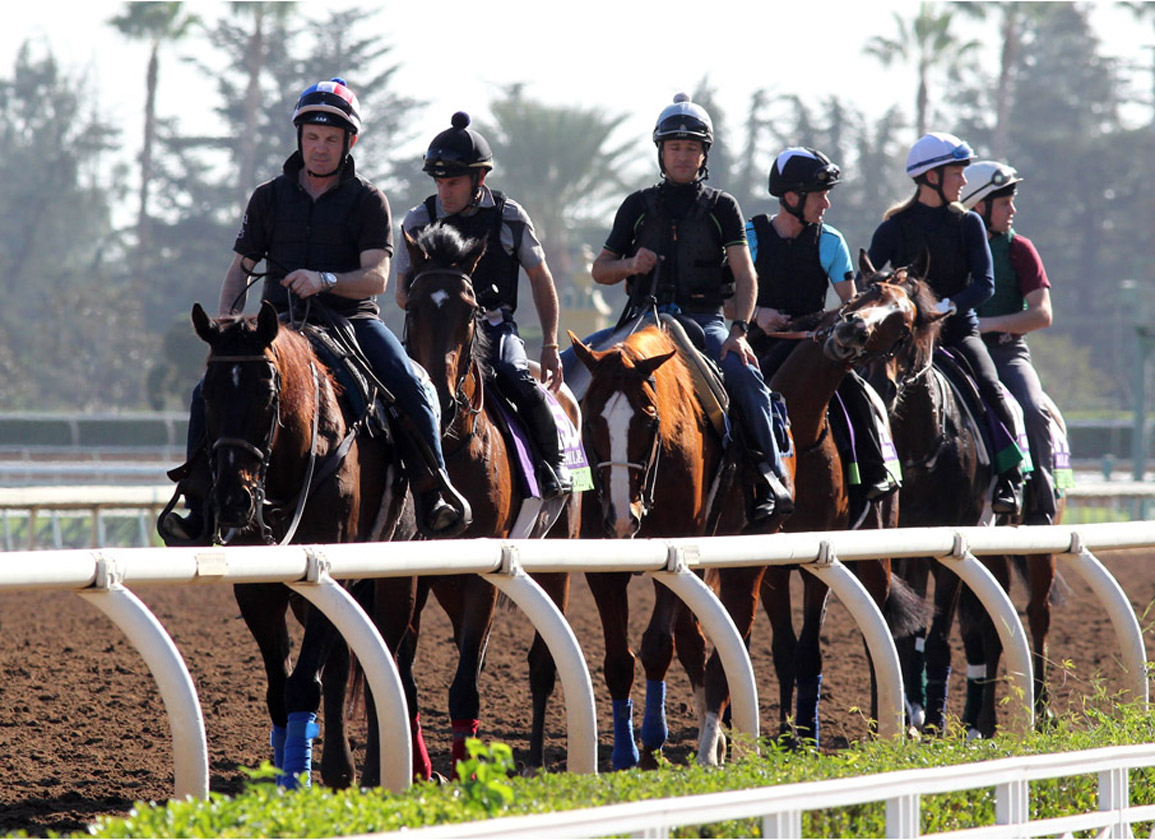
Horsephotos
TDN: Now, the changes have been extensive over the last two years but we've a lot more on the horizon. In exactly a year's time, the Horseracing Integrity and Safety Act is expected to be implemented. How do you see it fitting into California's existing regulatory and safety and welfare infrastructure?
RA: It will be very, very difficult for the [HISA] safety program to come up with a program as extensive as California's and send it around the rest of the country. That suggests to me that California will still continue to have a stricter, or let's say a more robust, safety program than HISA is going to be able to develop.
How will that actually work? In my reading of the regulation, it's hard to understand because the funds for that safety program will no longer be available to the CHRB–those are some of the nebulous aspects of the HISA law as to exactly how those funds will be developed and how they'll be distributed.
For example, in California we have monitoring veterinarians as a matter of law. As of right now, those are provided by the track associations. That [would conceivably] be something the regulatory agency would oversee. But those individuals are supervised by law and by regulation and by the CHRB official veterinarians. So, how that all mixes together I think is going to be a real challenge for HISA to sort out.
TDN: Ultimately, do you see it as a plus or a minus to California racing?
RA: I suspect it's going to be a step back. I think eventually, long-term for national racing, I certainly understand the need for HISA. I think the national state-by-state regulation of racing and organizations like the ARCI have found themselves incapable of developing a national sport. NTRA was supposed to have a legal office that never came to be either. So, having one entity with control over all of racing, I certainly understand the need for it. And I think it's really, probably, the only way racing is going to survive long term.
TDN: Arguably, the biggest problem in drug testing in the future concerns the detection of genetically engineered products like EPO that mimic the body's own hormones and proteins. If USADA is HISA's drug enforcement agency, do you think they'll do a better job of policing these substances than the sport already does?
RA: It really depends. I certainly know that USADA and WADA [World Anti-Doping Agency] have capabilities in looking at gene doping. The IFHA [International Federation of Horseracing Authorities] has gene doping committees as well. In fact, there's liaison between WADA and the IFHA that I'm involved with. I do think that genetic testing, particularly gene doping, is going to be a real challenge, very expensive. So, I do think having a central entity is going to be critical to addressing that threat.
I don't think you could do it state by state, even though the best school, UC Davis, has some very, very talented people that understand genetics very well. But it's going to take it an international effort to address the risk of gene doping and gene manipulation.
TDN: So, what you're saying is USADA brings…
RA: …They bring international cooperation. It looks as if, even though USADA is different than WADA–certainly internationally–the racing industry is teaming with the FEI [The International Federation for Equestrian Sports], IFHA and WADA to try to pool our resources and understand the risks of how detection of gene doping and gene manipulation could affect horse racing going forward, and how to test for it.
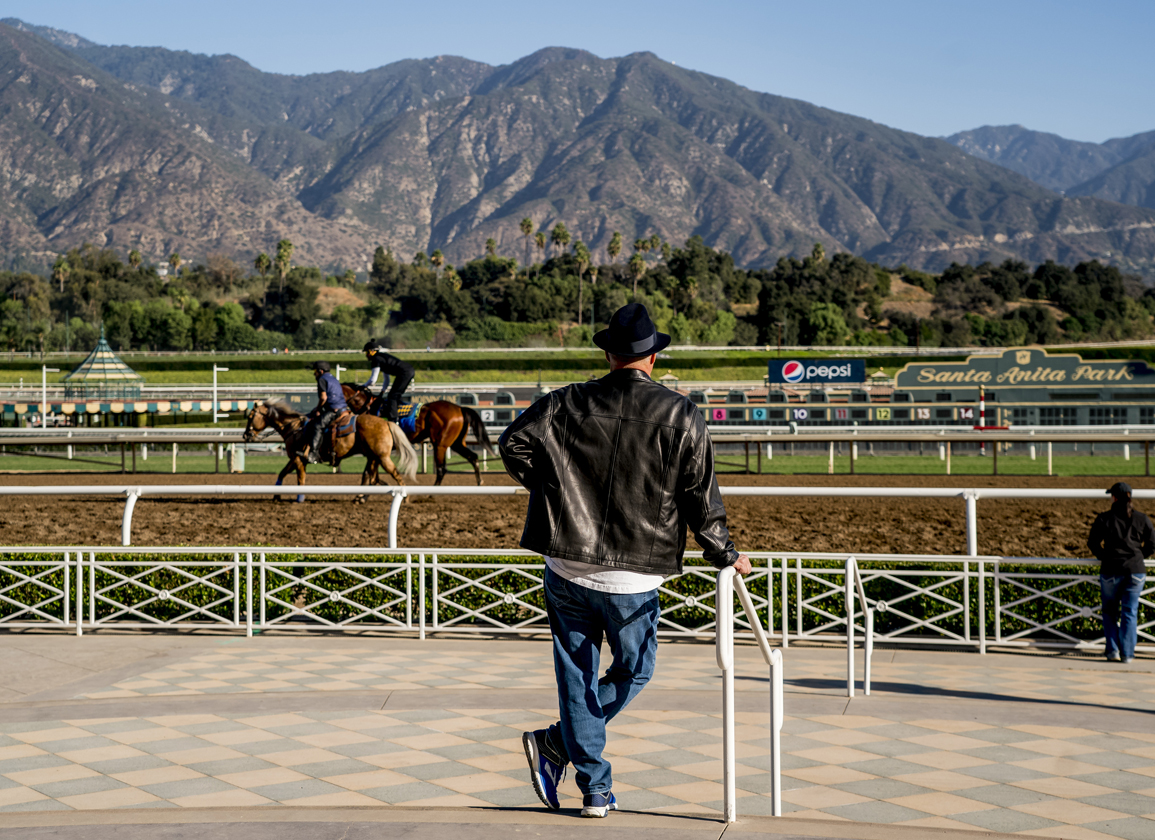
Breeders' Cup/Eclipse Sportswire
TDN: Knowing what you know, how prolific is gene doping and gene manipulation in the sport?
RA: Right now, there is no evidence that it is being used. However, this is an area that has made leaps and bounds in advancement since we started the IFHA gene doping subcommittee five, six years ago. It's an entirely different environment today.
I do think there are potential risks in terms of getting genes or administering genes to horses. The real problem with gene doping is it's easy to get a gene in a horse, but it's not easy to get it to do what you want it to do. Well, that's true of even gene therapy and other uses of gene manipulation.
Having said that, I do think it's a bigger risk today than it was five years ago. And there is a lot of advancement in this area that caused us concern. But as of right now, I know of no instance internationally of gene doping being used in horse racing. That doesn't mean it hasn't happened. That doesn't mean it's not going on. We're looking for it.
TDN: In the last month, The Washington Post has come out with a couple of reports, in one of which it's alleged that trainer Bob Baffert used political coercion against you to influence the outcome of your investigation into the series of sudden deaths among his trainees between 2011 and 2013. In the final report, you concluded that although the blanket prescribing of thyroxine to all Baffert horses does appear unusual, “The fatalities remain unexplained and there is no evidence whatsoever CHRB rules or regulations have been violated or illicit activity played a part.”
You told the Post the two things–the political pressure and the report's findings–were unrelated. If you were to conduct the investigation today, would the findings and the outcome be any different?
RA: No. If you look in the necropsy reports that are up on the CHRB website, you'll see that there's all different sorts of explanations that are associated with some of the sudden deaths.
One of them was an anticoagulant rodenticide. We had a number of cases in California over the following years that were associated with anticoagulant rodenticide poisoning, including ponies, so it's not as if somebody was trying to drug a pony with rat poison. So, the real issue is that there were no violations of CHRB rules.
That does not mean that you condone the blanket administration of thyroxine. And certainly, if you look at my comments, either during the presentation at the CHRB meeting or in the report, Bob Baffert trains his horses hard. They were all on thyroxine. A number of them were on clenbuterol at the same time. And all of that, even though there's no violation of rules, really reflects on Bob Baffert's management of his stable.
If you look, there's actually a statistical analysis that shows this was not a random event, that there's something that was associated with those horses–whether it was Hollywood Park, whether it was Bob Baffert, whether it's the way the horses were managed, thyroxine, the entire program–there was something associated with those horses that put them at greater risk than the average horse. We just didn't know what it was.
TDN: Given the ethical framework that you abide by, how would you characterize the way Baffert managed his barn?
RA: The way the barn was managed was to win races–win big races with very expensive horses.
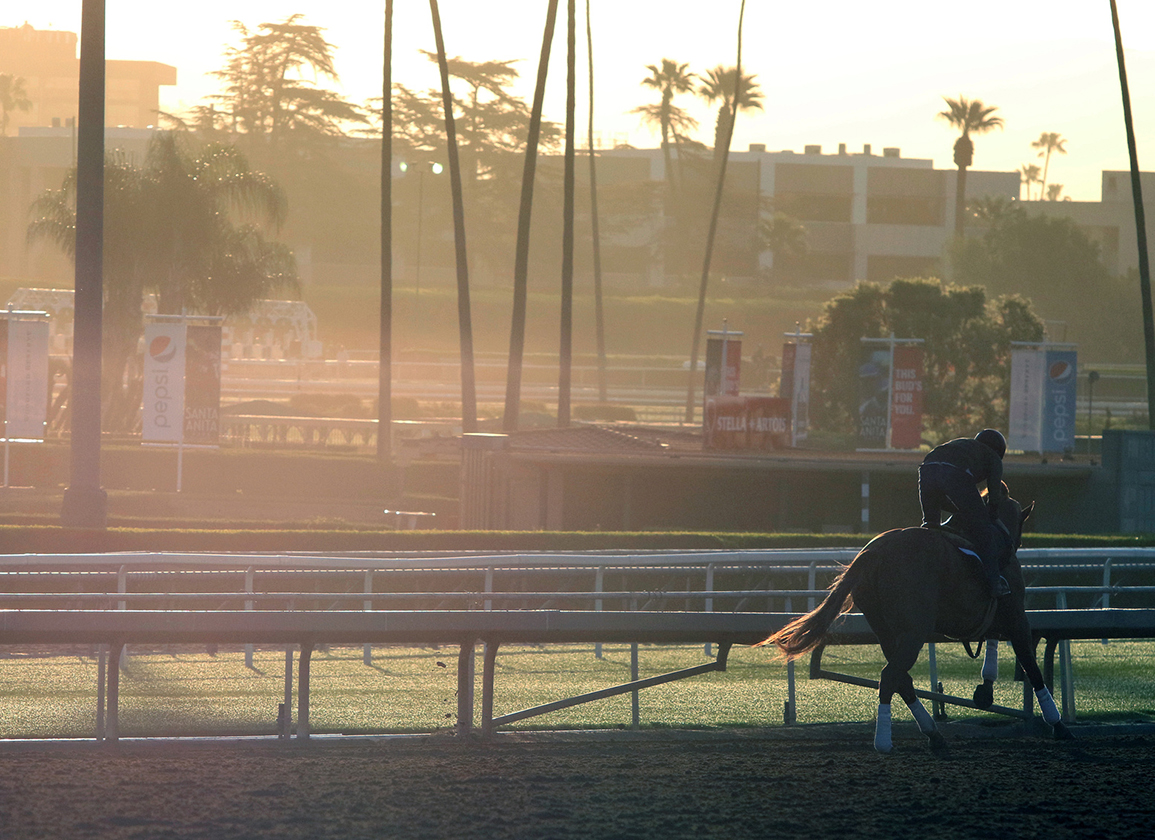
Horsephotos
TDN: Ethically–by your ethical framework.
RA: How would I best answer that question. It's not the way I like to see horses managed.
TDN: Since then, has the way in which he manages his barn improved?
RA: He actually quit using thyroxine before the report, after consulting with his own veterinarians about some of the things that were going on. I do think that they did change some management practices in the barn, but if you watch the way that Bob trains horses, he trains them very aggressively.
In fact, probably, and I've said this before, Bob Baffert really changed the way that horses are trained here. They're trained much harder than they were back 30 or 40 years ago when I started practicing. He works his horses very fast, very hard. And unfortunately, other trainers who try to emulate him don't have those million-dollar yearlings that can work 58 and change.
I think it used to be, everybody tried to emulate Charlie Whittingham, the way he trained, which was a more considered approach to training horses as compared to the Bob Baffert Quarter Horse style of training.
TDN: Do you think that change ultimately has been for the better or to the detriment of the Thoroughbred racehorse in California?
RA: I'm a big fan of Charlie Whittingham, Ron McAnally, Dick [Richard] Mandella. Those types of trainers.
Stay tuned for part two of this Q&A with Dr. Arthur.

The post Dr. Rick Arthur Q&A: Part One appeared first on TDN | Thoroughbred Daily News | Horse Racing News, Results and Video | Thoroughbred Breeding and Auctions.
Source of original post
